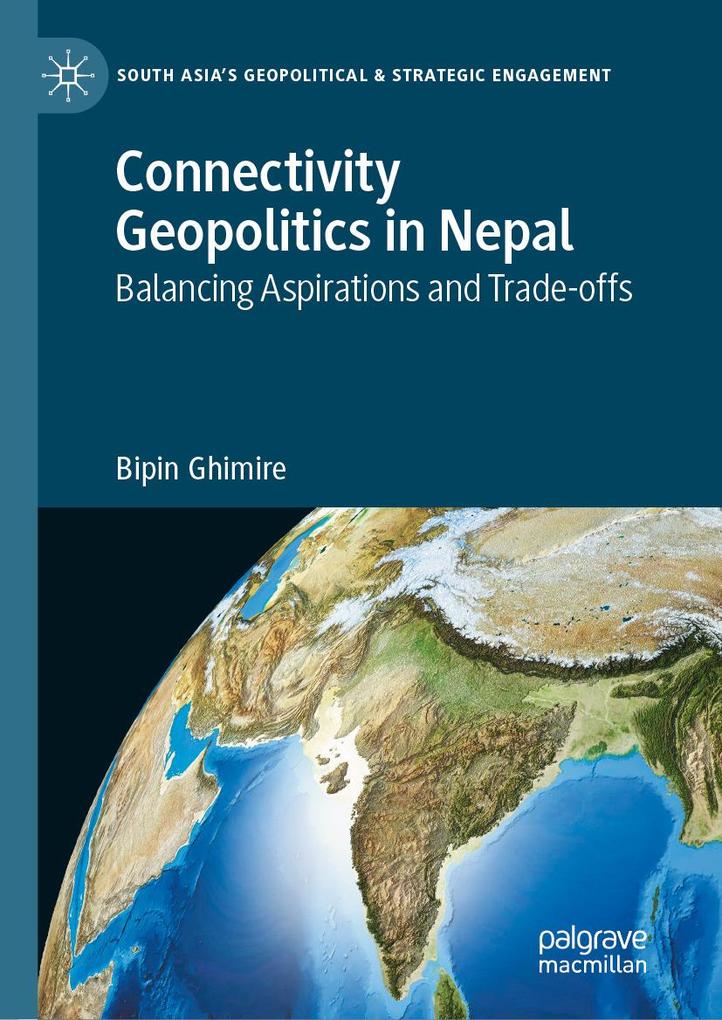
This book is a critical articulation of Nepal's connectivity geopolitics, offering a triangular analysis of the country's geopolitics, connectivity and foreign policy. By elucidating the interplay between these elements, it contributes to a deeper understanding of how smaller states strategically balance aspirations and trade-offs in navigating the contemporary reality of connectivity geopolitics amidst competing global interests. Furthermore, it helps us examine how insights generated from a country's history of strategic culture could be valuable in navigating the contemporary reality of connectivity geopolitics and why one should not take foreign support for connectivity at face value.
The narrative portrays the Cold War and post-Cold War dynamics between superpowers and regional powers like China and India in South Asia, elucidating how their relations shape the region's politics. This study also examines how smaller states such as Nepal establish their agency by navigating external pressures while asserting their strategic interests. By introducing connectivity as an analytical lens, the book transcends the conventional lens of security and small state as approaches to Nepal's foreign policy. Central to the book's analysis is Nepal's foreign policy and its navigation of regional politics, striving to balance the interests of India and China during the Cold War era and also the contemporary era. Consequently, regional politics emerges as a prominent theme within the book.
Inhaltsverzeichnis
1. Introduction. - 2. The Historical Trajectory of Foreign Policy of Nepal, 1769- 1955. - 3. The Cold War and Nepal s Bilateral Initiatives on Connectivity. - 4. Post-Cold War Geopolitics and Bilateral Initiatives on Connectivity. - 5. Multilateralism and Connectivity in Nepal. - 6. Conclusion.
Produktdetails
Entdecken Sie mehr
Bewertungen
Es wurden noch keine Bewertungen abgegeben. Schreiben Sie die erste Bewertung zu "Connectivity Geopolitics in Nepal" und helfen Sie damit anderen bei der Kaufentscheidung.









